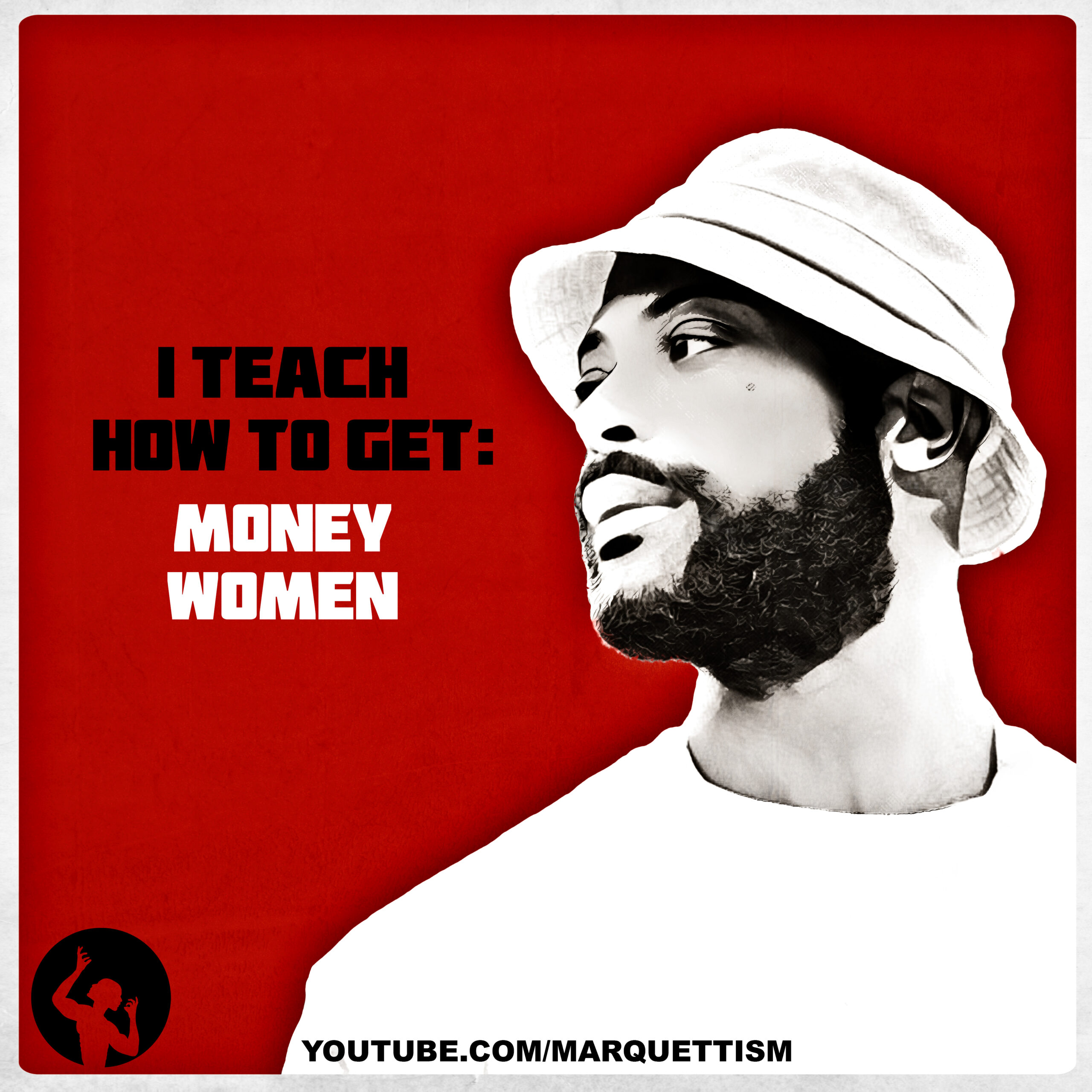Joy: Expanding Human Awareness is a book by William C Schutz, published in 1967 by Grove Press Inc, New York New York. This book is a part of the human potential movement. Schutz describes man as a “biological, psychological, and social” being whose joy arises from these sources (17).
Bodily joy comes from a strong body that functions without strain: a body in which “breathing is deep and full, food is digested well, the sexual apparatus is in good order, and the nervous system works effectively” (17).
Schutz theorizes that man requires inclusion, control, and affection. Inclusion refers to man achieving balance between being with others and being with one’s self. Control means that one has a reasonable amount of control over the happenings and the trajectory of their life.
Joy is what we feel when we when we can acknowledge all that we are, and all of the experiences which have shaped our way of being, and all of our habits, and traits without feeling shame or guilt (20).
Happiness cannot coexist with fear: fear of punishment, fear of failure, fear of success or fear of retribution—all of it must go.
Don’t fear how others will react, speak honestly, confidently, and without fear of others.
Joy is what we feel when we are our most capable. To increase the quality and amount of our joy we must release “guilt, shame, embarrassment, fear of punishment, success, and retribution” (20). We ought not release all guilt and shame but only that irrationally motivated guilt and shame for which we have no logical reason to suffer.
The mind and the body are two parts of a whole, when one is strong it strengthens the other, and on the other hand when one is weak it enfeebles the other. This reality is manifested in the language we use. Consider how we reference the body to scribe a state of mind (25). William Schutz points out these idioms: save face, shoulder a burden, get it off your chest, no guts, two-faced, chin up, choked up, tight ass, no backbone and so on (25 & 26).
The somatopsychic view is taken here, which means that one’s physiology affects their mental-emotional state (27). Psychological dispositions affect ones posture and physical functioning. And the bodily posture that one’s psychological disposition has formed will have an influence on one’s feelings and the way they are perceived to feel.
In a 1963 theoretical work entitled “Structural Integration”, Ida Rolf clarifies that one experiencing a particular emotion is inclined to carry their body in a way that outwardly manifests what they are feeling (27). When a particular posture is constantly assumed or re-assumed, that muscular arrangement becomes set” (27). When this occurs one’s physical attitude is set, and an emotional pattern is likely to ensue.
The psychological tension of the man who is fearful will manifest itself in his carriage of his “head, neck, shoulders, and ribcage” (28).
When considering the formations that the abnormal body can assume we must have at least a basic definition of the normal body. We shall use a definition provided by Ida Rolf which is based upon evolutionary biology. The strong human body must meet the following three conditions below (28):
1) Movement is performed with the lowest possible expenditure of energy.
2) The body does not move in a way, nor is it structured in a way, that adversely affects the body’s organs or nervous system.
3) the body functions in a way that sustains minimal wear and tear
According to Alexander Lowen, we express our character in every action. Thus, character traits can be determined from a person’s walk, their handwriting, and their physical appearance at rest and in motion. “The voice of the body speaks what the mind instructs the mouth not to say; to listen for the whispers of the body is to create a gateway to the inner thoughts of others” –MDB
“The manner in which a person holds their body indicates their mood, background, and present accessibility to human interchange” (36). For many, tension is such a frequent state that they become unaware that they are tense.




Add comment